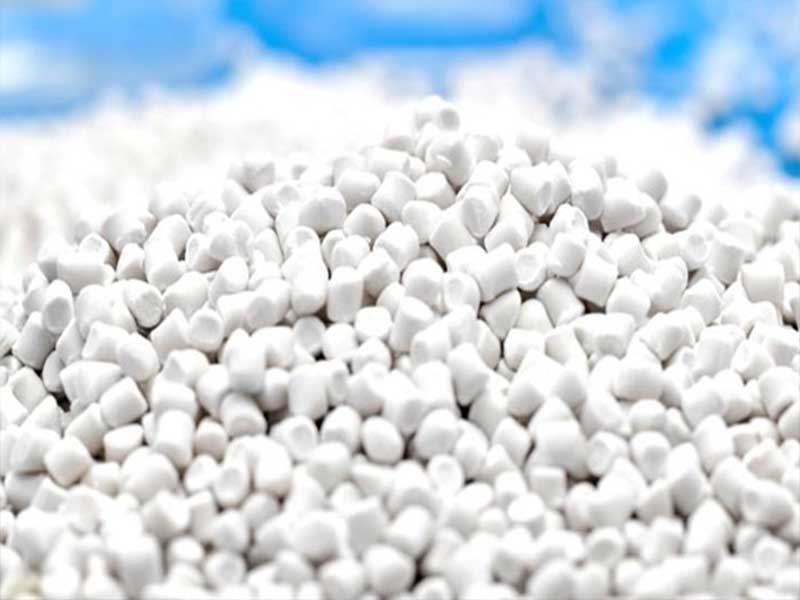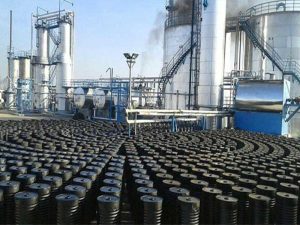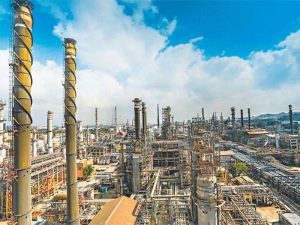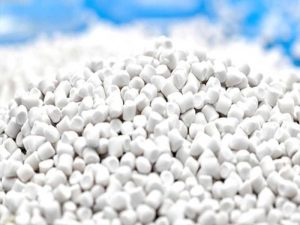Polymers are the cornerstone of modern economies, serving as essential materials across numerous industries, from packaging and construction to automotive and healthcare. Their versatility and ability to replace traditional materials like metal, glass, and wood have enabled cost-effective solutions and innovative products, driving economic growth worldwide.
The polymer industry contributes to creating jobs at various levels, from manufacturing to research and development. It also stimulates downstream industries by providing raw materials for countless applications. Moreover, polymers’ adaptability and recyclability offer sustainable alternatives, aligning with global initiatives for environmental stewardship while fueling industrial growth.
Polymer Industry’s Contribution to Global GDP
The polymer industry is a significant contributor to global GDP, valued at over $600 billion annually. This figure reflects its indispensable role in global supply chains and production systems. As a core component of the chemical sector, polymers influence other major industries, including packaging, construction, agriculture, and healthcare.
In developing economies, the polymer industry drives industrialization by fostering local production, reducing reliance on imports, and encouraging foreign investment. Conversely, in developed markets, polymers are central to advancing high-tech applications like 3D printing, aerospace materials, and medical devices.
The industry’s ripple effect extends beyond direct manufacturing. Its contributions are seen in logistics, retail, and recycling sectors, further amplifying its economic significance.
The Role of Polymers in Advancing Industrial Applications
Polymers have revolutionized industrial applications, thanks to their unique properties, such as durability, flexibility, chemical resistance, and lightweight nature. Industries like automotive and aerospace have adopted advanced polymers to reduce weight and enhance fuel efficiency, supporting sustainability goals while maintaining high performance.
In the construction sector, polymers are used in insulation, piping, and flooring, offering energy-efficient and durable solutions. Healthcare also benefits immensely from polymer applications, with materials like polyethylene and polyvinyl chloride (PVC) used in medical devices, prosthetics, and packaging for pharmaceuticals.
Beyond traditional uses, polymers are integral to technological advancements. For example, polymer composites are used in wind turbine blades, contributing to renewable energy development. Their adaptability enables innovation, solidifying their role in driving industrial progress and addressing global challenges.
What is the Market Trend in Polymers?
The polymer market is experiencing rapid evolution, driven by sustainability, technological advancements, and increasing demand in emerging economies. Biopolymers and biodegradable plastics are gaining traction as industries and governments push for eco-friendly alternatives to traditional plastics. This shift is particularly evident in packaging, where single-use plastics are being replaced by biodegradable materials.
Technological innovations, such as advanced polymerization techniques and 3D printing materials, are opening new market segments. For instance, smart polymers, which respond to environmental stimuli, are being explored for applications in medical and electronics industries.
Geographically, Asia-Pacific dominates the polymer market, with China and India leading production and consumption. This region’s growth is fueled by robust industrialization, urbanization, and expanding middle-class populations. Meanwhile, North America and Europe are focusing on high-performance and specialty polymers, catering to advanced industrial applications.
Why Do Polymers Share a Big Part of Market Revenue?
Polymers occupy a significant share of market revenue due to their ubiquitous applications and cost-effectiveness. Their production scales allow for economic feasibility, making polymers accessible across industries. From everyday household products to complex industrial applications, polymers are indispensable, creating consistent demand.
The packaging industry is a prime example, with polymers like polyethylene (PE) and polypropylene (PP) dominating flexible and rigid packaging markets. The automotive sector also relies heavily on polymers to replace metal components, reducing vehicle weight and enhancing energy efficiency.
Furthermore, polymers’ versatility supports innovation, allowing industries to develop tailored solutions for specific needs. High-performance polymers in electronics and healthcare, for example, cater to specialized demands, commanding premium prices and contributing to higher revenues.
Polymers also play a vital role in sustainability, enabling industries to meet environmental regulations. Recyclable and biodegradable options are increasingly sought after, presenting new revenue streams and aligning with global market trends.
The polymer industry is a cornerstone of the global economy, driving innovation, sustainability, and industrial advancement. Its contributions to GDP, coupled with its widespread applications and adaptability, underscore its importance in modern markets. As trends shift toward eco-friendly solutions and advanced technologies, the polymer industry continues to evolve, shaping the future of global trade and industrial growth. Its economic significance will only grow as it adapts to emerging challenges and opportunities.






